'Love A Muslim' Day Letter Is A Poignant Answer To Hate Threats
A response. Happy Mothers Day everyone!#LoveaMuslimDay #UnityinDiversity pic.twitter.com/rN7VF6m8BU
— Shahab Ud'deen (@5haha8) March 11, 2018
A British Muslim activist is trying to turn around an anti-Muslim hate campaign that’s mailing letters to addresses across the U.K.
Shahab Adris, an activist from Leeds, is encouraging interfaith allies to shower Muslims with love after racist “Punish a Muslim” letters began showing up in mailboxes and calling on people to terrorize British Muslim communities with violence.
Adris’ “Love A Muslim” letter mimics the format of the “Punish a Muslim” campaign. But instead of acts of violence, it urges acts of kindness. For example, the letter assigns 10 points for smiling at Muslims, 25 points for buying Muslims coffee with cake, 500 points for fasting with Muslims during Ramadan, and 1,000 points for raising funds to help needy residents of Iraq or Syria.
Adris, a regional manager for the advocacy group Muslim Engagement And Development, said he felt “compelled to put something totally positive out there in response to the original vile letter.”
“It’s crucial to rid our society from anti-Muslim popular attitudes and the best way we can do this is by engaging and enjoying each other’s company,” Adris told HuffPost in an email. “There is so much we can learn from each other and together we can make our communities a more welcoming and tension-free environment.”

British Muslim communities have been alarmed by the “Punish a Muslim” letters reportedly sent to people across the U.K., including at least three Muslim politicians. The letters assign points for terrorizing Muslims on April 3 ― from 25 points for pulling Muslim women’s headscarves, to 1,000 points for bombing a mosque.
Counterterrorism police are investigating the “potentially malicious communications,” but haven’t identified those responsible.
Adris said the “unusual” nature of the point system encouraging violence has caused significant distress in British Muslim communities. He said he also worries about potential consequences for non-Muslims.
“We were getting increasingly concerned because people who are perceived to be Muslim can potentially be a target too, such as the Sikh community, and even the Jewish, Hindu, and even people with beards,” Adris said.
He said he’s been encouraged by the positive response after posting his “Love a Muslim” letter to Facebook and Twitter. Some non-Muslims have pledged to take Muslim colleagues out for coffee and cake.
Muslim Engagement And Development is considering mailing the letter to “random people,” Adris said. Volunteers plan to set up community events on April 3 to help people celebrate “Love a Muslim” day.
On the 3rd April, don't listen to the bigots and their "Punish a Muslim" day, instead let's show that our communities won't be divided, that hope is better than fear and we have more in common. #LoveAMuslimDay https://t.co/YhPXBMb403
— Thelma Walker MP (@Thelma_WalkerMP) March 12, 2018
#LoveAMuslimDay - Perfect response to #Islamophobic hate and bigotry pic.twitter.com/iu9L2yQCRB
— Dr Imran Awan (@DrImranAwan) March 11, 2018
Other people say that the “Love a Muslim” effort, though noble, diverts attention from rampant Islamophobia that inspired the hate letter the first place.
As lovely as #LoveAMuslimDay might be it shouldnt detract from the fact that there has, I feel, been a hate crime committed. It encourages bombing, acid attacks, torture and violence . It incites religious hatred. What is being done about it? @metpoliceuk @WestYorksPolice ? pic.twitter.com/FLKQY5Hjgh
— Siema Iqbal (@siemaiqbal) March 12, 2018
of course there's room for this stuff, but we have to recognise that there's a more fundamental issue here, that is that Islamophobia is widespread. People are obviously outraged at the letters, but how about the more subtle Islamophobia we experience day to day
— AssedBaig (@AssedBaig) March 12, 2018
Faima Bakar, a British Muslim journalist for Metro, wrote that it’s worrying that Muslims “need to go out of our way to show how normal and British we are, and that a whole day has to be dedicated to reversing an already abundant belief that we’re a problem community.”
“Are the people that retweet the initiative going to stand up for lesser obvious and tangible evidence of bigotry?” Baker wrote in Metro. “Muslims are human beings too, so why do we need to prove this?”
Adris said that in the face of extreme hatred, he believes it’s important to remain positive “and show a level of creativity.”
“We must rise above it and actively show a level of compassion and love to our fellow citizens,” Adris wrote.
In the meantime, he encouraged fellow British Muslims and their allies to be “on guard” and to contact his group and local police if they encounter evidence of hate crimes.
“We understand there is a real cause for concern out there, and we are taking these concerns very seriously” he said.
Love HuffPost? Become a founding member of HuffPost Plus today.
Also on HuffPost
The Hijab
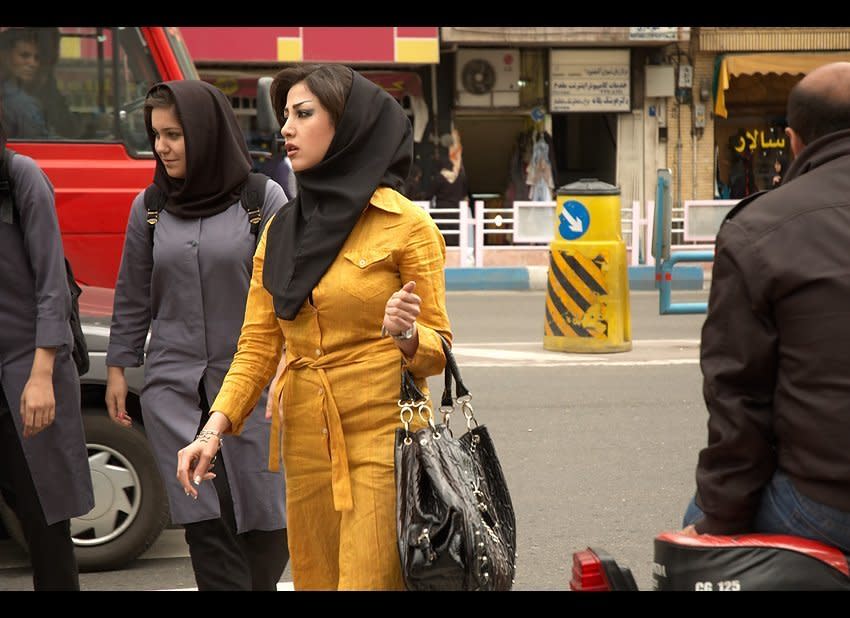
Hijab in Action
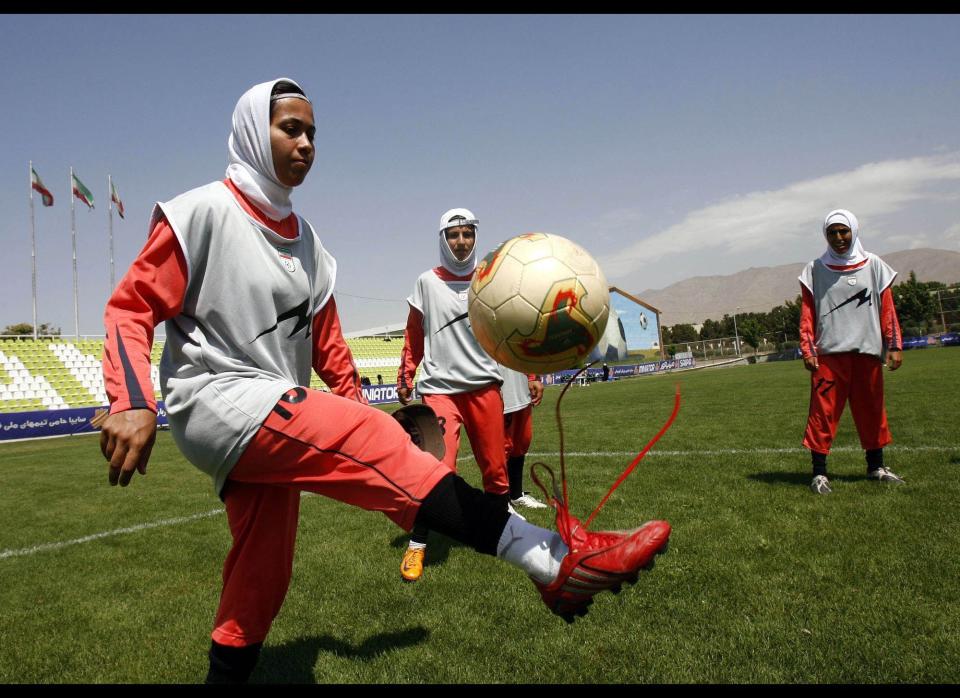
Sheila & Abaya
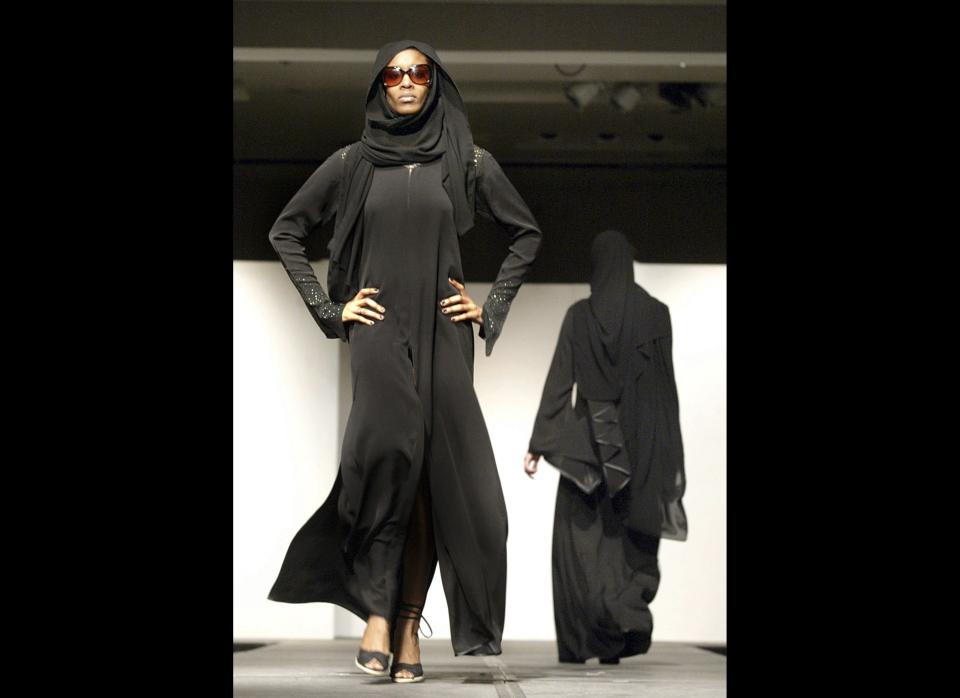
The Niqab
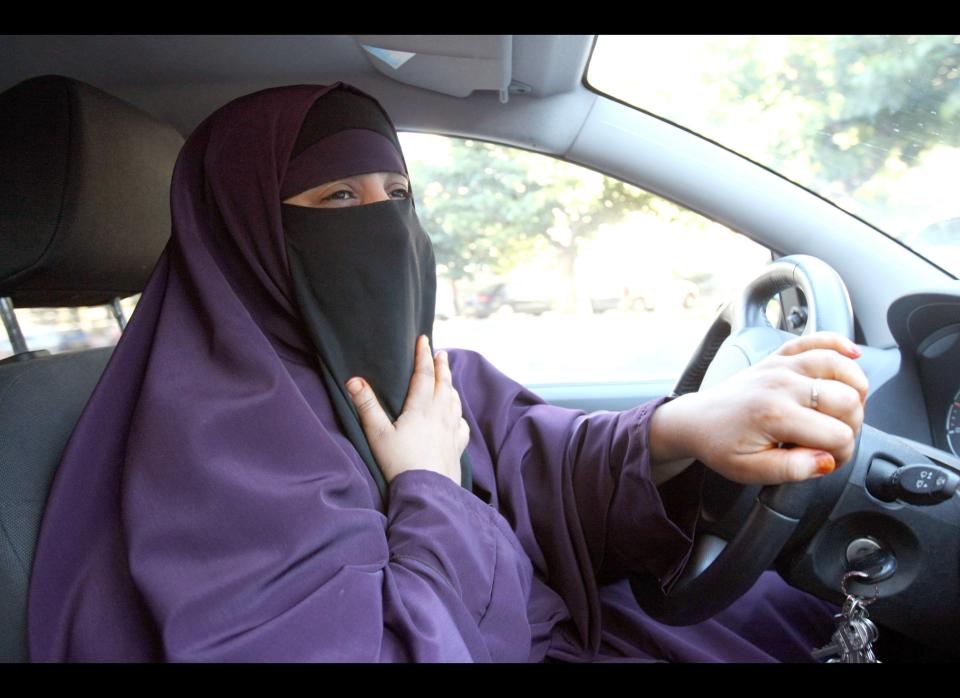
The Batula
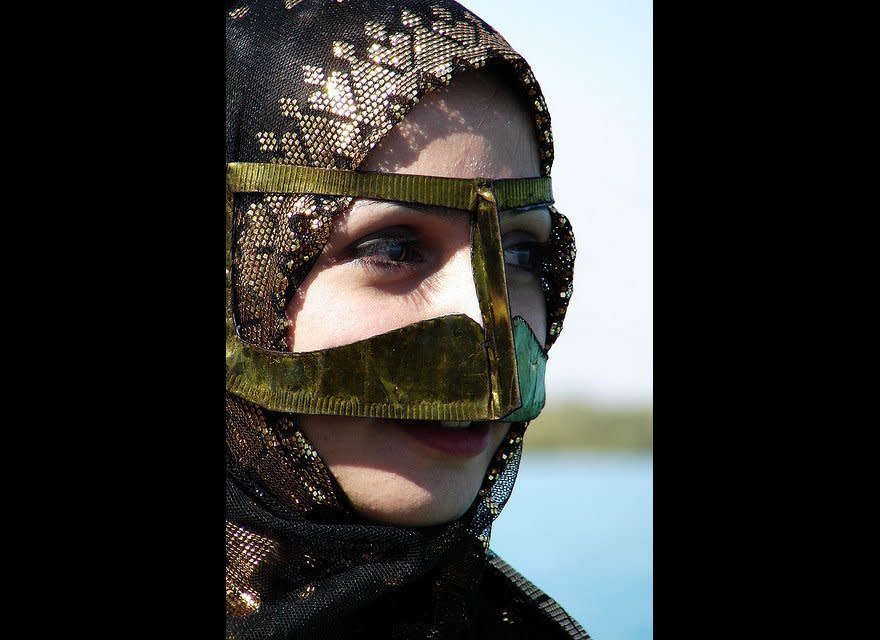
The Burqa
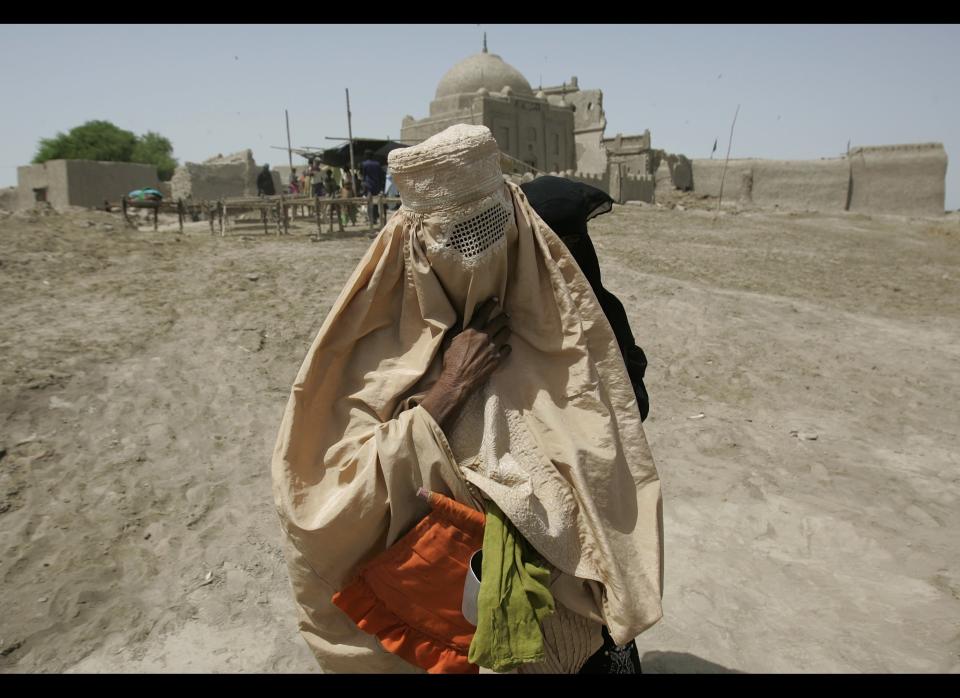
Burqas & Bicycles

Doa Gaun
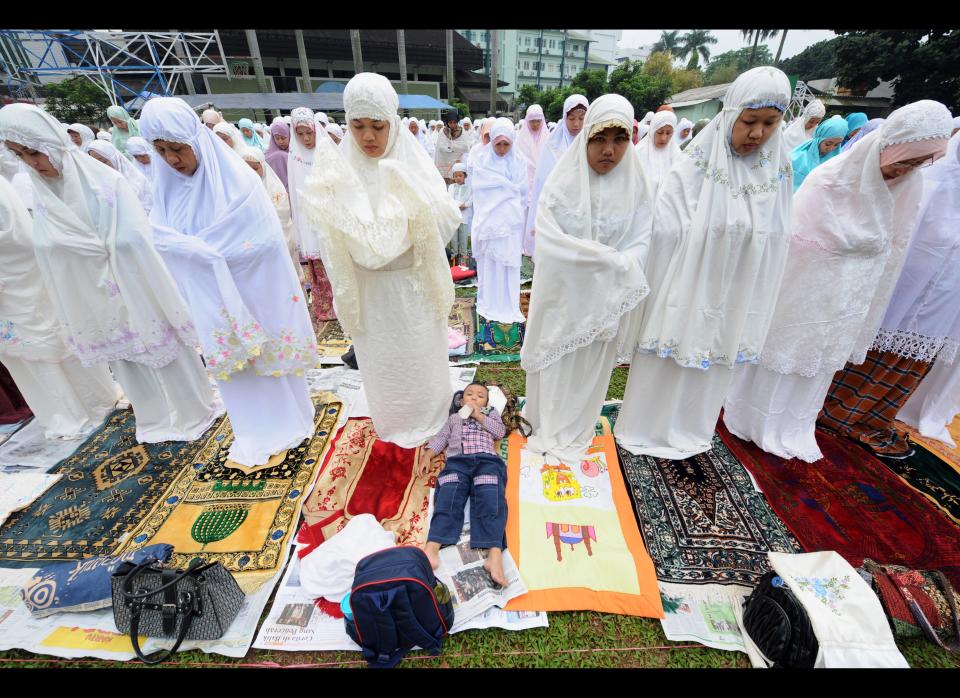
The Chador
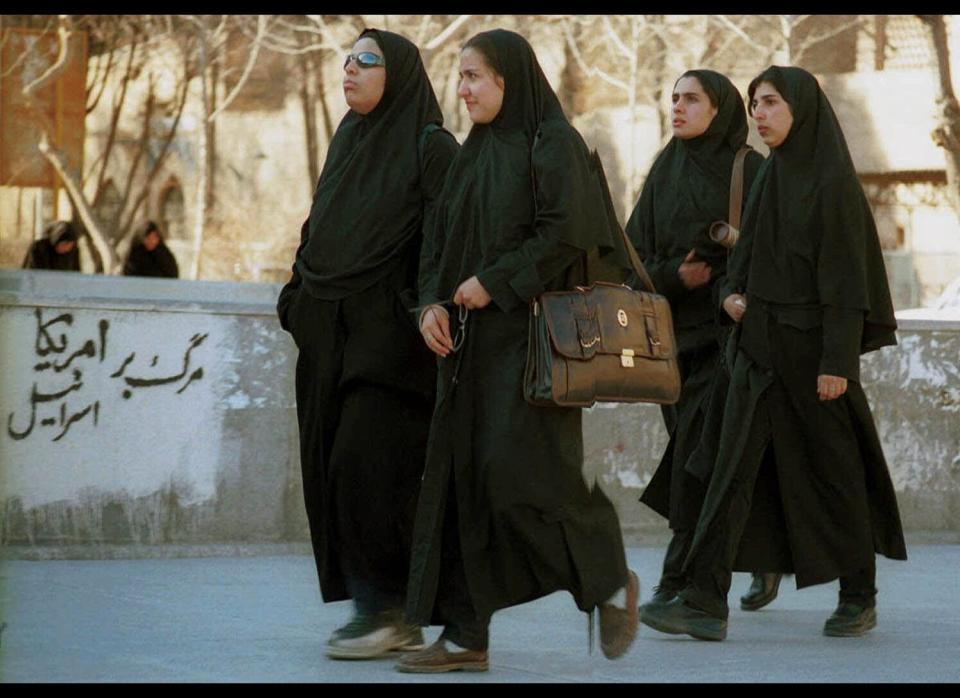
The Birquini
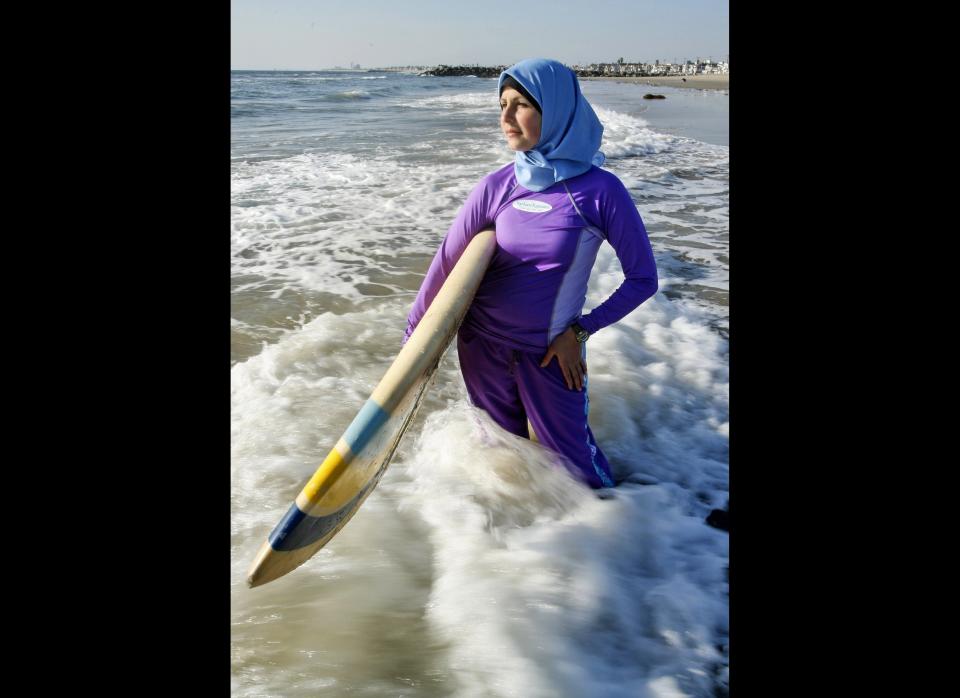
Baywatch: Abu Dhabi

This article originally appeared on HuffPost.

